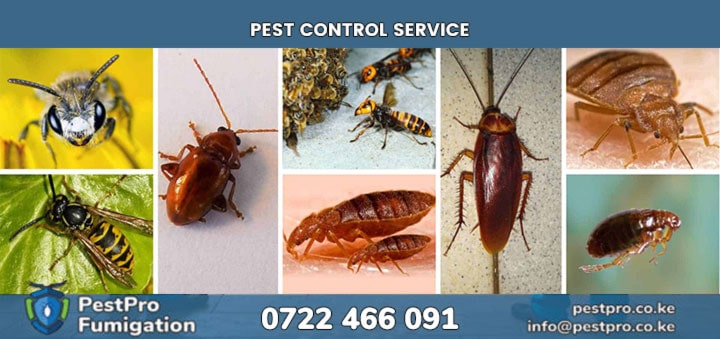Hospital and Healthcare Facility Pest Management Best Practices
Healthcare facilities in Nairobi require the highest standards of pest control to protect vulnerable patients while maintaining sterile environments essential for medical care. These sensitive environments demand specialized approaches that eliminate pest-related health risks without compromising patient safety or medical equipment function.
Patient Safety and Infection Control
Immunocompromised patients face severe health risks from pest-related pathogens and allergens that healthy individuals might tolerate without serious consequences. Pest management programs must achieve complete elimination of disease vectors while maintaining sterile conditions essential for patient recovery.
Surgical areas require absolutely pest-free environments where even minor contamination could cause life-threatening infections, demanding comprehensive prevention measures and immediate response protocols for any pest activity detected in critical areas.
Medication storage areas must remain completely pest-free to prevent contamination of pharmaceuticals while maintaining temperature and humidity controls that don't create favorable conditions for pest establishment.
Regulatory Standards and Accreditation
Hospital accreditation requirements include comprehensive pest management programs that meet international standards for healthcare facility cleanliness and safety. These standards require regular professional inspections, documented treatments, and immediate response capabilities for pest problems.
Ministry of Health regulations establish specific requirements for pest control in healthcare settings including approved treatment methods, documentation standards, and staff training requirements that ensure patient safety while maintaining effective pest management.
International accreditation standards may impose additional requirements for hospitals seeking recognition from global healthcare organizations, requiring pest management programs that meet or exceed international best practices for healthcare facility pest control.
Specialized Treatment Considerations
Chemical restrictions in healthcare environments limit treatment options to products that won't affect sensitive medical equipment, compromise air quality, or create residues that could harm patients with chemical sensitivities or respiratory conditions.
Treatment timing must coordinate with medical procedures, patient care schedules, and cleaning protocols to ensure effectiveness while minimizing disruption to healthcare delivery and maintaining sterile conditions in critical areas.
Emergency response protocols must address pest problems that pose immediate health risks to patients while providing rapid treatment capabilities that don't compromise ongoing medical care or emergency procedures.
Critical Area Management
Operating rooms require specialized pest prevention measures including positive air pressure, sealed entry points, and comprehensive exclusion systems that prevent any pest access while maintaining sterile conditions essential for surgical procedures.
Patient rooms demand pest management that protects vulnerable individuals while maintaining comfortable healing environments free from pest-related stress and health risks. Treatment methods must remain safe for patients with various medical conditions and medications.
Food service areas in healthcare facilities must meet both food safety and medical cleanliness standards while preventing pest problems that could affect both nutrition services and overall facility hygiene standards.
More pest Control ServicesPestPro Facebook Page
Medium
